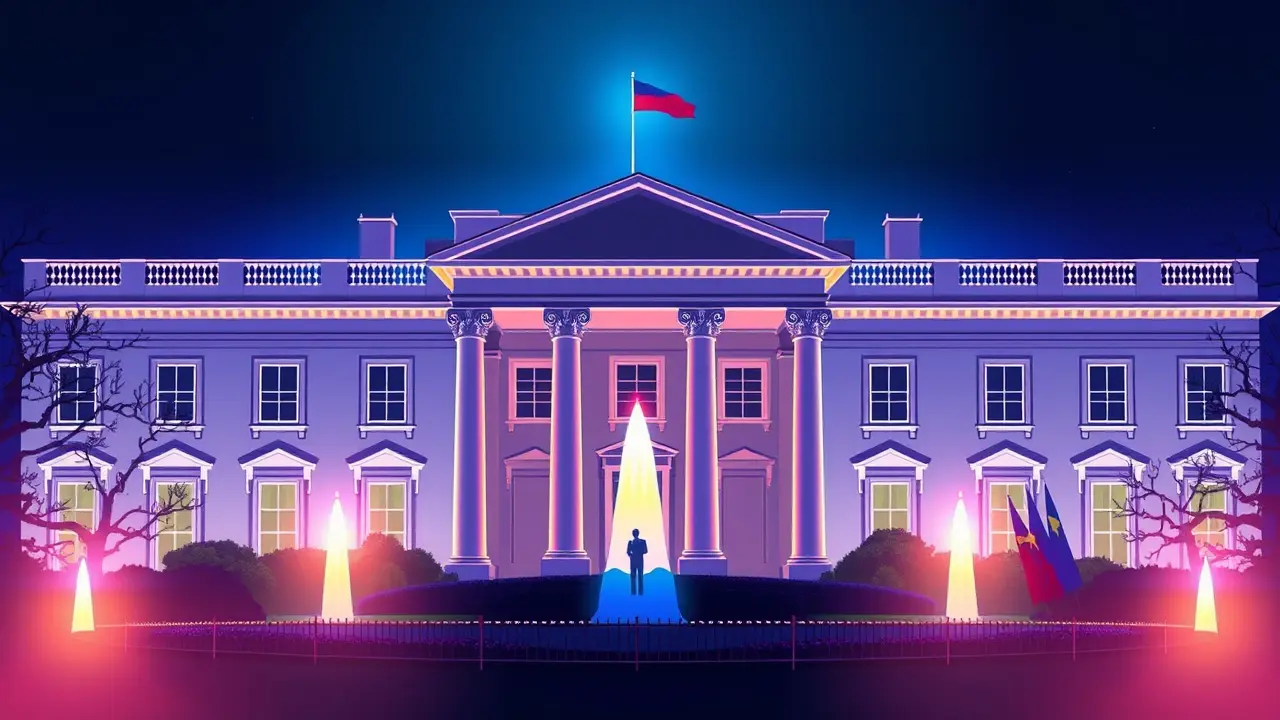Zelenskyy meets Trump at White House to request missiles.
In a high-stakes diplomatic gambit reminiscent of the Cold War summits that once defined global power dynamics, Ukrainian President Volodymyr Zelenskyy convened with former President Donald Trump at the White House, a meeting whose strategic weight cannot be overstated. The central objective for Kyiv is a decisive escalation in its military capabilities: the formal acquisition of the United States' formidable Tomahawk cruise missiles.This is not merely a request for another weapons system; it is a plea for a strategic game-changer. The Tomahawk, with its proven precision and range exceeding 1,000 miles, represents a fundamental shift from defensive posturing to offensive capacity, enabling Ukrainian forces to systematically degrade Russia's war machine far beyond the front lines.We are witnessing a modern-day echo of the debates that surrounded the provision of long-range arms during conflicts past, where the calculus of escalation versus deterrence was perpetually balanced on a knife's edge. For Ukraine, these missiles are the key to striking the very heart of Russian military logistics—command centers deep in occupied territories, the energy infrastructure that fuels its industrial war effort, and the critical transportation nodes like the Kerch Bridge, a potent symbol of Russian control over Crimea.Yet, the political theater in which this request is made is fraught with complexity. President Trump, whose previous tenure was marked by an ambivalent stance toward NATO and a noted affinity for Russian President Vladimir Putin, now stands as a pivotal, if unpredictable, arbiter.His meeting with Zelenskyy is less a simple briefing and more a critical test of his administration's forthcoming foreign policy doctrine. Will he align with the traditional bipartisan consensus of robust support for Ukraine, or will he pivot toward a more transactional, restrained approach that could embolden the Kremlin? The historical parallel is stark; one need only recall the agonizing deliberations within the Reagan administration over providing Stinger missiles to the Mujahideen in Afghanistan, a decision that ultimately altered the course of that conflict.Military analysts are divided on the potential consequences. Proponents argue that granting the Tomahawks would force Russia to redeploy its air defense systems hundreds of miles from the front, stretching its resources thin and creating vulnerabilities across the entire theater of operations.It would signal an unwavering, long-term Western commitment, fundamentally altering Putin's strategic calculus that he can simply outlast Western resolve. However, the counter-argument, voiced quietly in intelligence circles and loudly by critics, warns of a dangerous escalation ladder.The Kremlin has repeatedly framed such capabilities as direct threats to Russian sovereignty, potentially justifying more drastic responses, including asymmetric cyber warfare or even tactical nuclear posturing. The delivery of these systems would effectively erase any remaining red lines, transforming the conflict into a direct proxy war where the U.S. is supplying the means to strike deep inside Russia itself.Furthermore, the logistical and training pipeline for such sophisticated weaponry is not insignificant, raising questions about the timeline for deployment and the ability of Ukrainian forces to integrate it seamlessly into their existing command and control structures. The outcome of this White House meeting, therefore, transcends a single arms transfer.It is a bellwether for the future of European security, the durability of the Western alliance, and the very nature of 21st-century warfare where a smaller nation, armed with cutting-edge technology provided by a superpower, can challenge a larger aggressor in ways previously unimaginable. The world watches, as it did in eras past, to see if the weapons of decisive power will be granted, and what new, uncertain chapter of conflict their arrival will inevitably write.
It’s quiet here...Start the conversation by leaving the first comment.
